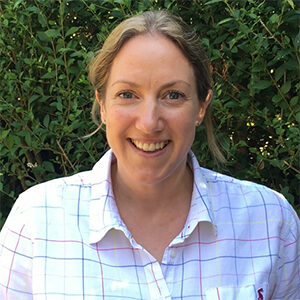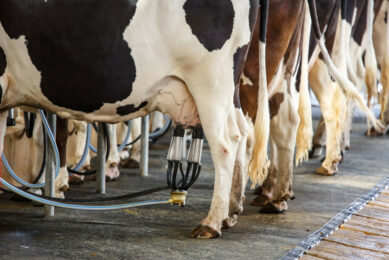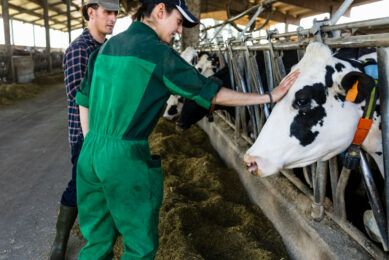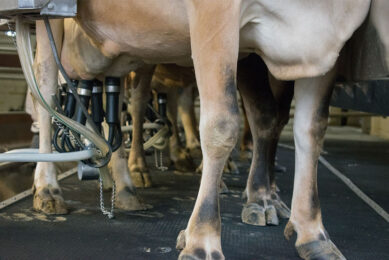Barriers to lameness management: What still needs to happen?
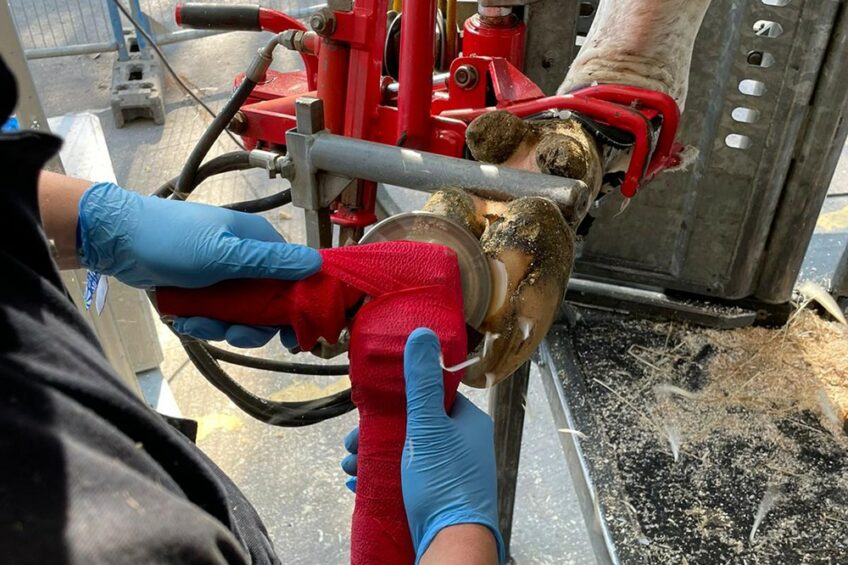
There’s no doubt that if we really want to tackle lameness then we need to do it as a team and, when it comes to lameness, the key stakeholders that need a seat at the table are the farmers, hoof trimmers and vets. However, despite having proven management programmes available and knowing that teamwork is what’s needed to implement these, it still isn’t happening enough at the individual farm level. So, why is this the case?
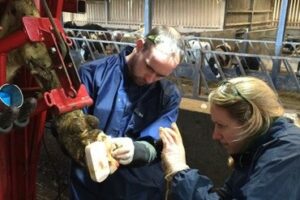
A recent paper published in the Journal of Dairy Science sought to explore the perceptions of different stakeholders when it comes to barriers to lameness management and what they perceived their role to be alongside those of other stakeholders. The research was led by Dr Beth Ventura and Dr Gerard Cramer at the University of Minnesota and involved the use of 14 focus groups held between April 2017 and March 2020. There were 5 dairy farmers, 4 hoof trimmers and 5 vet groups with between 4 and 8 participants per group.
Differing definitions of lameness
Whilst all groups agreed that lameness was a significant challenge, there were differences in the way that each defined lameness, and this was particularly marked between advisors (vets and hoof trimmers) and farmers. Although this has been previously reported, it is important that this is highlighted as a barrier since getting everyone on the same page to start with is a key stepping stone to moving forward with improved management – if a farmer doesn’t perceive there to be a problem, then it is unlikely that they will act.
Like many diseases, lameness is multifactorial and there is no silver bullet, and this was highlighted as a key source of frustration by vets due to a lack of simple answers and the challenges with convincing farmers to follow the latest research. As one vet said, “…you can’t just say ‘This is the answer, boom’.” However, this alongside the complexities of lameness management strengthen the need for collaboration and different sources of advice and support.
The roles of the individual
It was clear from the focal groups that there was a wide range in farmers experiences of lameness management. However, it was repeatedly highlighted that tackling lameness is a shared responsibility and the onus should not just be on the farmer themselves.
Advisors felt their role covered 3 different aspects: day-to-day farm level technical work, providing consultancy advice, and ensuring welfare was maintained. However, there were slight differences in the exact area each of these covered when comparing vets and hoof trimmers. The technical work was focused on the cows, including identification of lame cows, trimming and treatment, whereas the consultancy advice was targeted at the people involved on the farm e.g., engaging in conversations about lameness and agreeing on goals and control measures.
Both hoof trimmers and vets raised their role as advocates for the animals and the need to ensure that lame cows were correctly cared for. However, it was recognised that the responsibility for the welfare of lame cows can’t rest solely on either the vet’s or hoof trimmer’s shoulders and that this was an area that worked more effectively with collaboration. Despite this, it was raised that vets often feel a little on the outside of lameness discussions due to the central role of the hoof trimmer and the fact that vets need to focus on so many aspects of herd health. One vet stated that once lameness management had been left to hoof trimmers it was ‘sometimes difficult to get back in the loop’. This echoes the experiences in the UK where the last 20 years has seen a shift from vets undertaking the majority of the hoof trimming to this being undertaken by professional trimmers. However, effort must be invested in bringing both parties together to ensure the best outcomes on farm.
Managing expectations
Whilst bringing everyone together is beneficial, it’s important to understand the expectations of each stakeholder, both in terms of what they think their role is, and how they view the responsibility of other stakeholders. The study reported that farmers had different views in terms of how the hoof trimmer and vet worked within the team. Whilst hoof trimmers were seen as central in terms of lameness support, vets were less commonly viewed as having a supportive role. Some farmers valued vets in terms of their contribution at herd level, however, more viewed the vet as having a limited role. Despite the majority of farmers interacting with both their vet and hoof trimmer to some degree, there was limited collaboration between them on farm. However, there was a common desire to forge better links between hoof trimmers and vets, with recognition that both commonly have the same concerns or aims on a farm and a unified message was usually more beneficial for the farmer. As one vet said, “sometimes 2 voices are better than one”.
Overall, the study highlighted that there is a desire for further collaboration between all stakeholders, but for this to happen there are several barriers that need to be overcome first. Breaking these down and understanding the expectations and role of each member of the team is crucial for a collaborative approach to result in improvements in lameness management. However challenging it may be, with lameness increasingly in the spotlight, it is the responsibility of all stakeholders to ensure that we now make the team approach to lameness the norm and not the exception.


